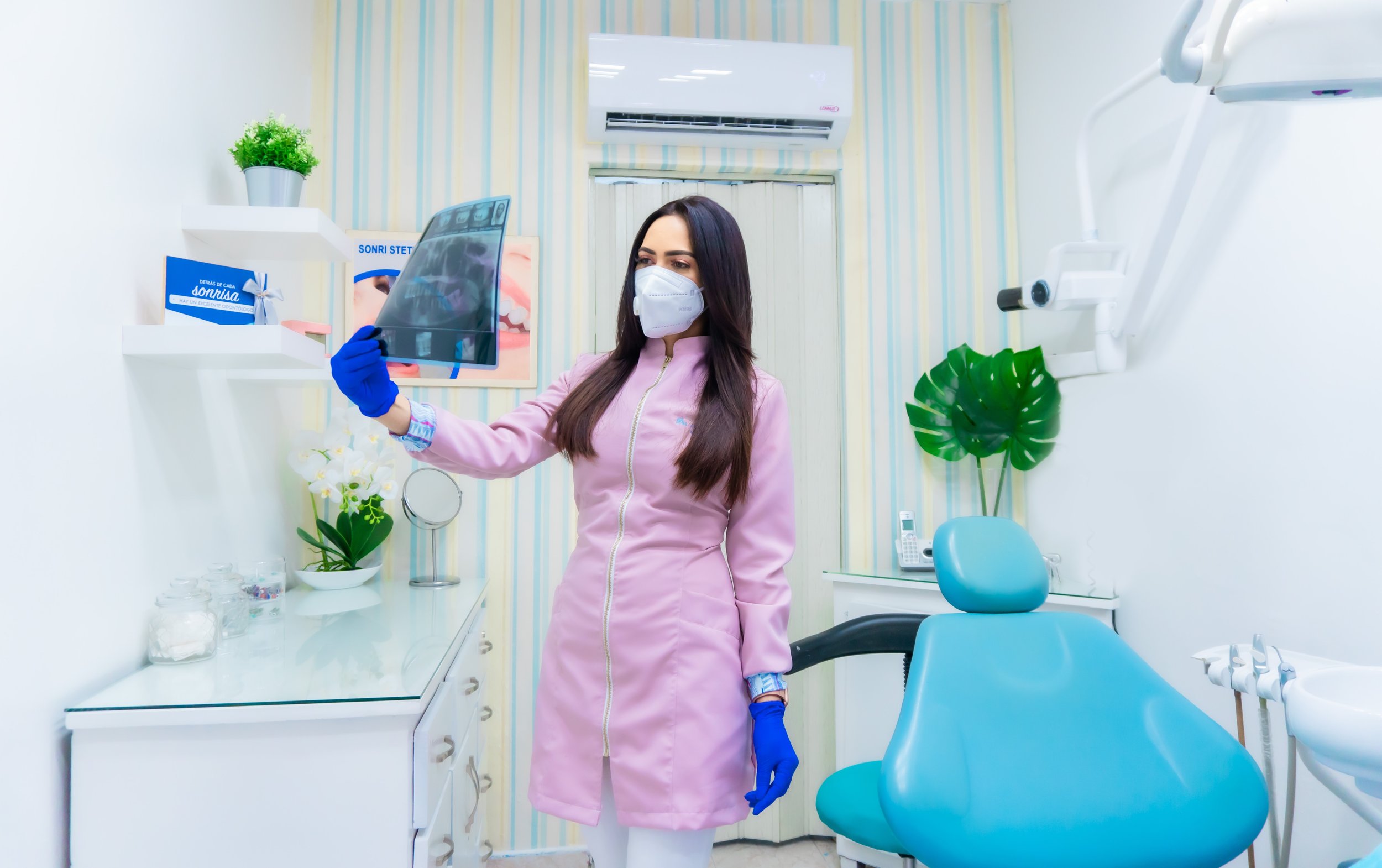Adult Orthodontics: Achieving a Straighter Smile at Any Age
Discover how adult orthodontics can help you achieve a straighter smile and improve your oral health. Explore the available options, including clear aligners and discreet braces, and schedule a consultation with Infinity Orthodontics to start your journey towards a confident, aligned smile.












